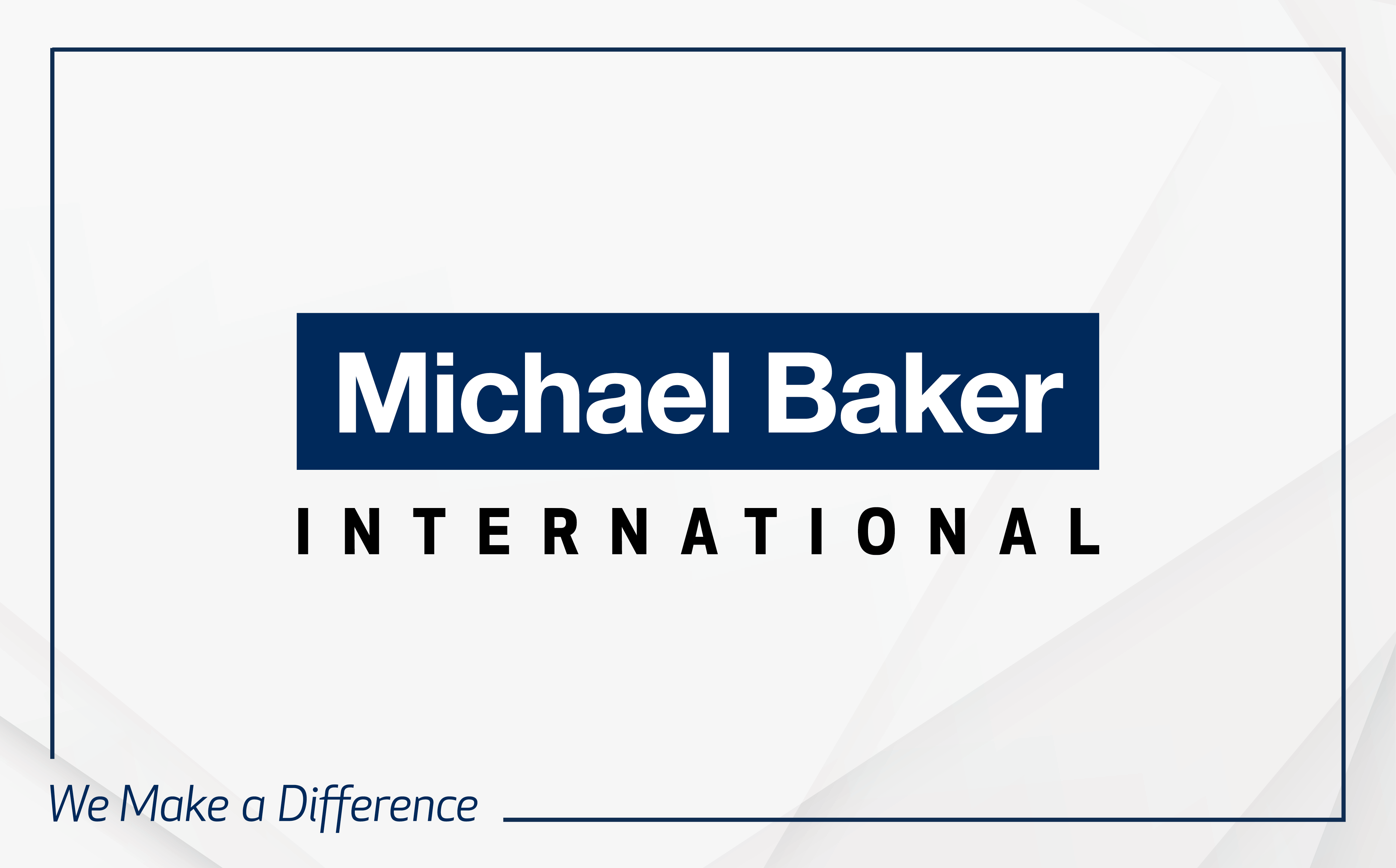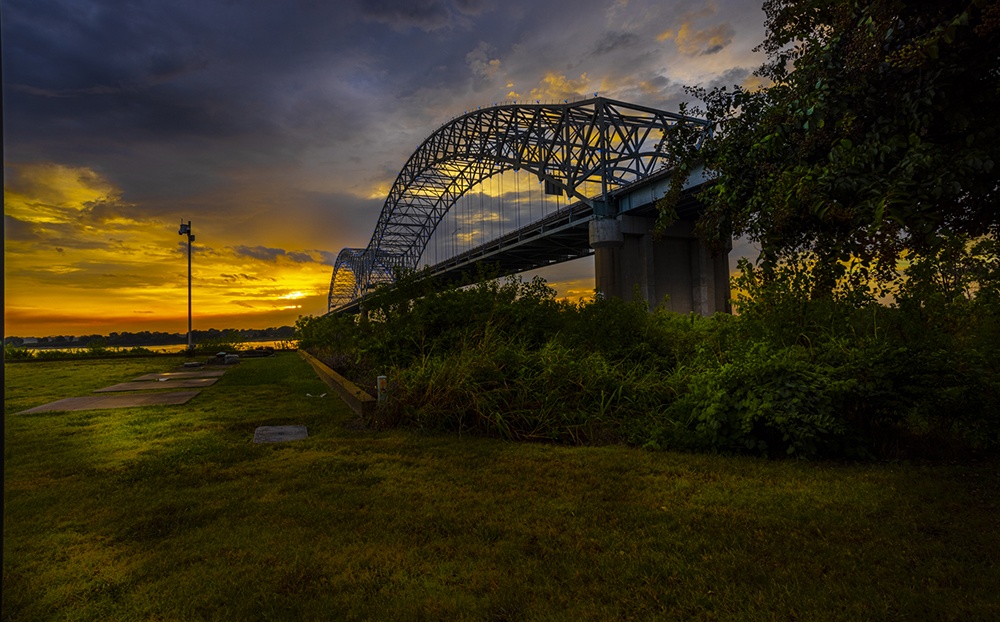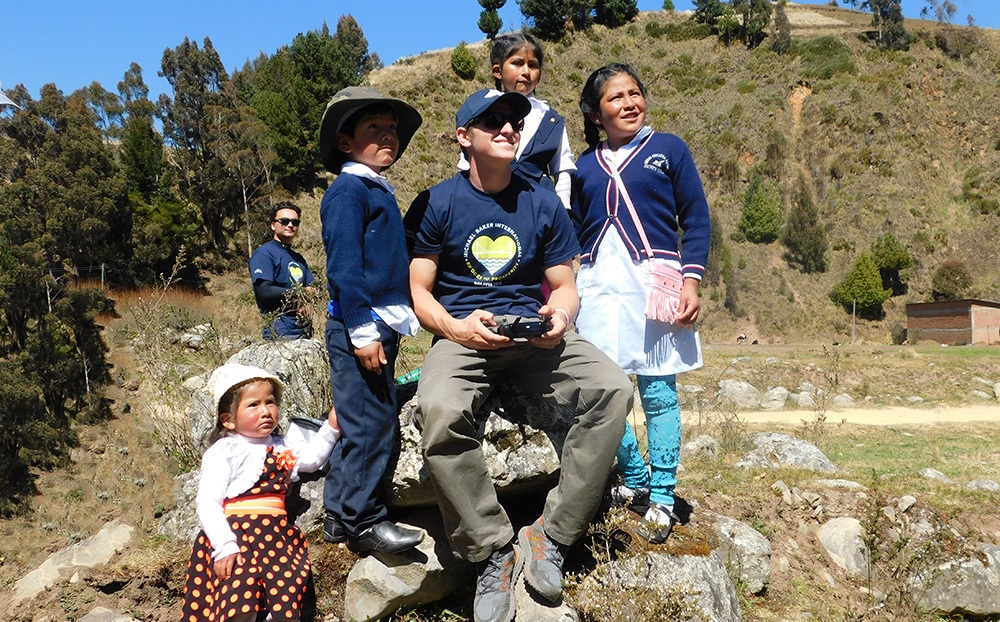The City of Cleveland, Ohio, is a busy economic and cultural hub in the Midwest. However, not all areas of the city were being utilized to their full potential. The area between the terminus of Interstate 490 and University Circle in Cleveland, traversing the Fairfax, Kinsman and Central neighborhoods, had become known as the “Forgotten Triangle” due to a lack of economic activity and investment.
The Ohio Department of Transportation (ODOT) and the City of Cleveland recognized the “Forgotten Triangle” as a remarkable opportunity for neighborhood regeneration. After years of planning, design and construction, the newly opened Opportunity Corridor, a 3-mile roadway that runs from East 55th Street at Interstate 490 to East 105th Street, not only brings enhanced transportation, mobility and connectivity to this area, but also is spurring new economic development, new jobs and a new identity for the historically underserved community. The 35-mph boulevard includes a median, crosswalks, pedestrian and traffic signals, a multi-use path, tree lawns and vehicular, pedestrian and rail bridges.
Our team at Michael Baker International served as lead designer on the Opportunity Corridor, Section 3, project for the Ohio Department of Transportation (ODOT). This section, a new five-lane boulevard facility, features:
- Two miles of new roadway on new alignment
- Seven signalized intersections
- Seven bridges of various types
- Four groups of retaining walls
- Three Best Management Practices (BMPs) for storm water treatment
- New sanitary, storm and combined sewers
- Electric, storm and sanitary stubs installed for future development
As we worked on and completed the project, we recognized several ingredients to success:
- Recognize the opportunities and limitations of your project delivery method. This project was completed using Design-Build (D-B) delivery. D-B necessitates that one entity works under a single contract with the project owner to provide both design and construction services. Our D-B partner on this project was Kokosing Construction. The D-B process offers benefits like increased collaboration but is not a straight-forward path to completion. Both the design and construction entities need to have a “big picture” understanding of the project and work together to ensure that goals are met in terms of both design and construction.
- Assemble the right project team. Staffing for D-B projects should include local staff that is familiar with the standards you’ll need to work within. It’s also important to ensure that project teams have the right balance of experience. From interns to leadership, every role is essential and important.
- Be flexible. Understand that change will happen, and you must have flexibility in design. There will likely be re-work that is needed – not because it is wrong but because there are efficiencies in construction that we as designers are not privy to.
- Communication is key. Bringing together the design and construction teams as one entity requires constant communication. If possible, being in one office with the designers, contractors, inspectors and decision-makers will allow for issues to be addressed as they are identified. With various viewpoints able to be consulted in real-time, we could tailor our solutions so not as to cause issues downstream. Also making use of technology and collaboration tools – like video conferencing and instant messaging – can help bridge the gap if the team physically cannot all be in the same place.
The new thoroughfare not only brings enhanced transportation, mobility and connectivity benefits to this area of Cleveland, but it is also spurring new economic development, new jobs and a new identity for the community.








